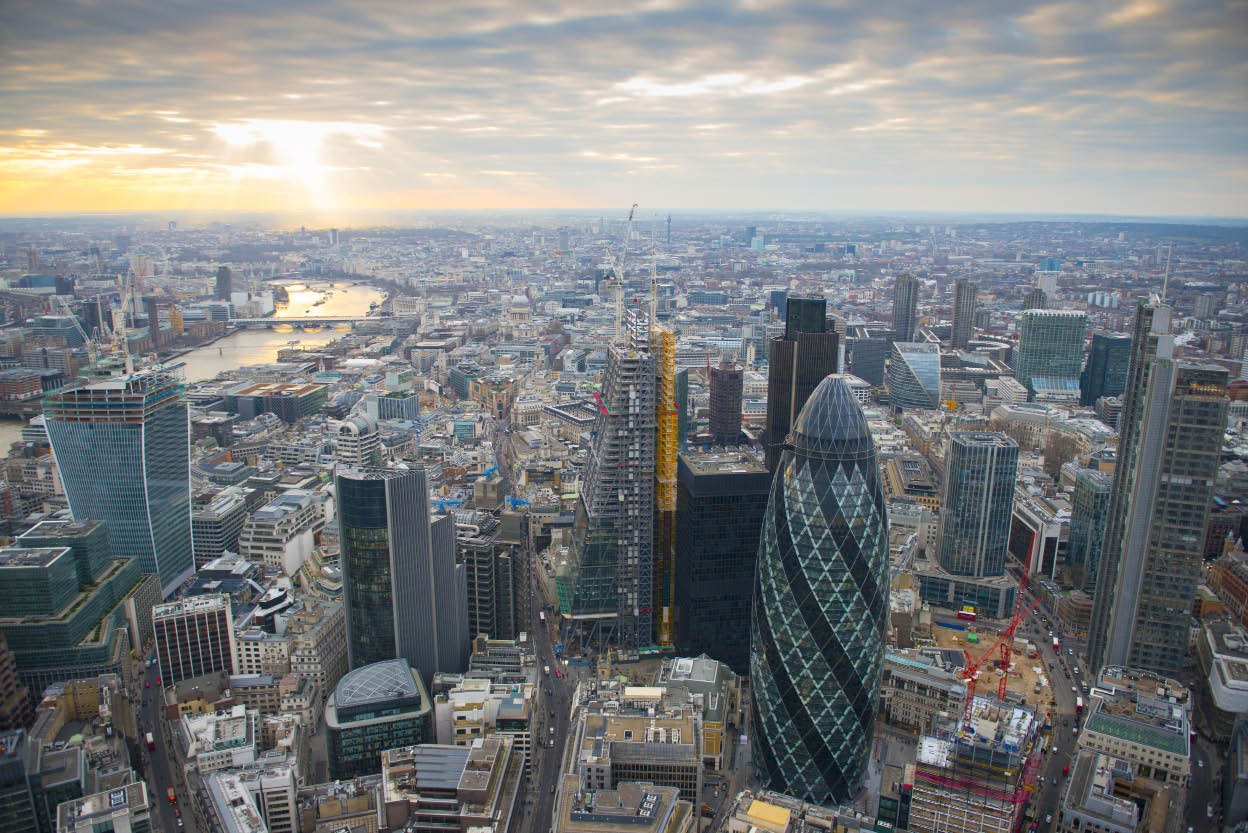The Ascent of Haba Snow Mountain
A Stormy Night
At 3 a.m. on October 4, some teams got up and gathered to set off for Campsite C1 to reach the peak directly from there. Considering the difficulty, our team planned to hike to Campsite C1, stay there overnight and climb to the top the next day. We got more sleep and set off at 9 a.m.
Campsite C1 is about six kilometers away from the base – not a long distance, but the altitude rises sharply from 4,080 meters to over 4,960 meters in that stretch. Moreover, the ground was wet due to the light snow.
Half an hour later, we reached a hilltop and stopped to rest because the last part had taken so much energy. Suddenly, a huge rainbow appeared. We were so delighted by the sight that we almost forgot how tired we were. Everyone was busy taking photos. Under the rainbow, the blue roofs of the base camp seemed small and far away.
As we arrived at Campsite C1, the sun came out, the snow stopped falling and the wind died down. We could see a clear blue sky in the distance. Campsite C1 is at an altitude of 4,967 meters and on a ground of gravel and rocks. By 2 p.m., all our team members had arrived at the campsite and we began to put up our tents. There was only one small, level area for us to pitch camp, but it was not sheltered and the gravel ground was not suitable for tent pegs.
To add to our difficulties, the wind was rising. We stamped on the pegs until they bent but the tents could still not be secured. We had no other choice but to lay big rocks on the corners of the tents. Under the circumstances, carrying rocks was no easy feat. The frozen air made it painful to take off our gloves and expose our hands, and at high altitude people easily become exhausted when exerting themselves. Every time we carried a rock, we were out of breath after setting it down and had to pause to recover.
As soon as all the tents were erected, we immediately went inside them and lay down. From that point, no one ventured out of the tents except to collect snow to boil water or relieve themselves. The snow and wind continued the whole night. I hardly slept. Several times, I feared my tent would be blown away.
Big Moment
The next morning we got up at 4 a.m. and prepared for the big day. We boiled water to make instant noodles for breakfast and filled our thermos bottles.
The team was divided into four groups and set off at 5 a.m. one after another. The tents remained at the campsite so we could leave our belongings there but we all took our jackets, some food and cameras. We wore quick-dry clothing, fleeces, down coats and waterproof jackets to keep as warm as possible. We were also equipped with waterproof gloves, crampons, safety belts and helmets, but whether our big moment would come remained unknown.
A while after the first group had left, we could see their lights gleaming on the hillside in the distance. My group set off later. We first had to descend from the campsite before starting the climb to the summit. It felt like we had walked for a long time but in fact it was no more than half an hour before we stopped for another rest.
There was no place to shelter from the wind, so everyone was squatting on the ground with his or her back to the wind. In the blizzard, I noticed two of my team members effectively turning into snowmen. When I reached for my camera from my backpack, I noticed that my bag was entirely frozen like a huge ice pop. My jacket was iced over too. The outside temperature was well below zero.
About one kilometer away from Campsite C1 is the Desperate Slope, which is the last resting post before the final stretch to the top. Near the slope, we caught up with the first group who had set off. We regrouped according to our stamina, five people per group, and the coordinator took the lead. I was in the second group. The altitude difference from Campsite C1 to the mountaintop is 429 meters. That doesn’t sound like a daunting figure, but conquering it was unimaginably painful. At first, we took a short break every 30 steps, later, every 15 steps, such was the stress our bodies were under.
The distance from the Desperate Slope to the summit is just 960 meters, but every step we took was hard work. I could not keep up with my group, so I dropped behind and found a safety rope to slowly continue at my own pace. For the rest of the time, I slogged at the rear of my group and tried my best to keep pace. But before long my group overtook the first group, and left others behind.
The Desperate Slope deserves its name; when you climb one small slope, you think you have reached the top, only to find another steep climb ahead of you and no sign of the summit. I heard the coordinator warning the team not to stay still for too long and continue climbing.
It is said that the most dangerous thing in mountaineering is to fall asleep. I always wondered how anyone could fall asleep in such cold weather. But on this trek, I fully understood. As the altitude increases, the air becomes thin. People suffer severe oxygen deficit and feel weary with every step. If you are stationary for too long, you feel drained and dozy, which makes it easy to lose consciousness. With the coordinator’s caution in mind, the team pressed forward.

